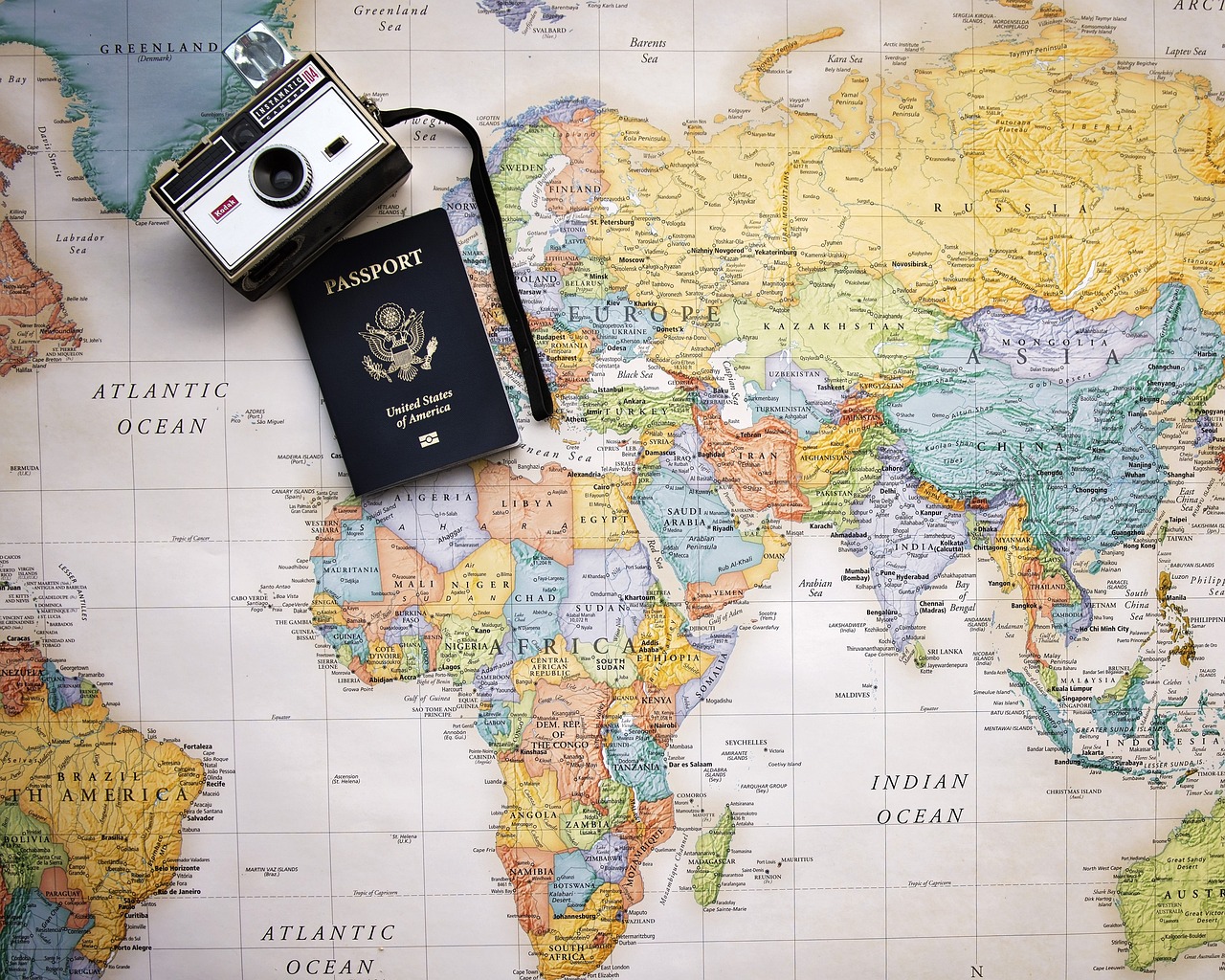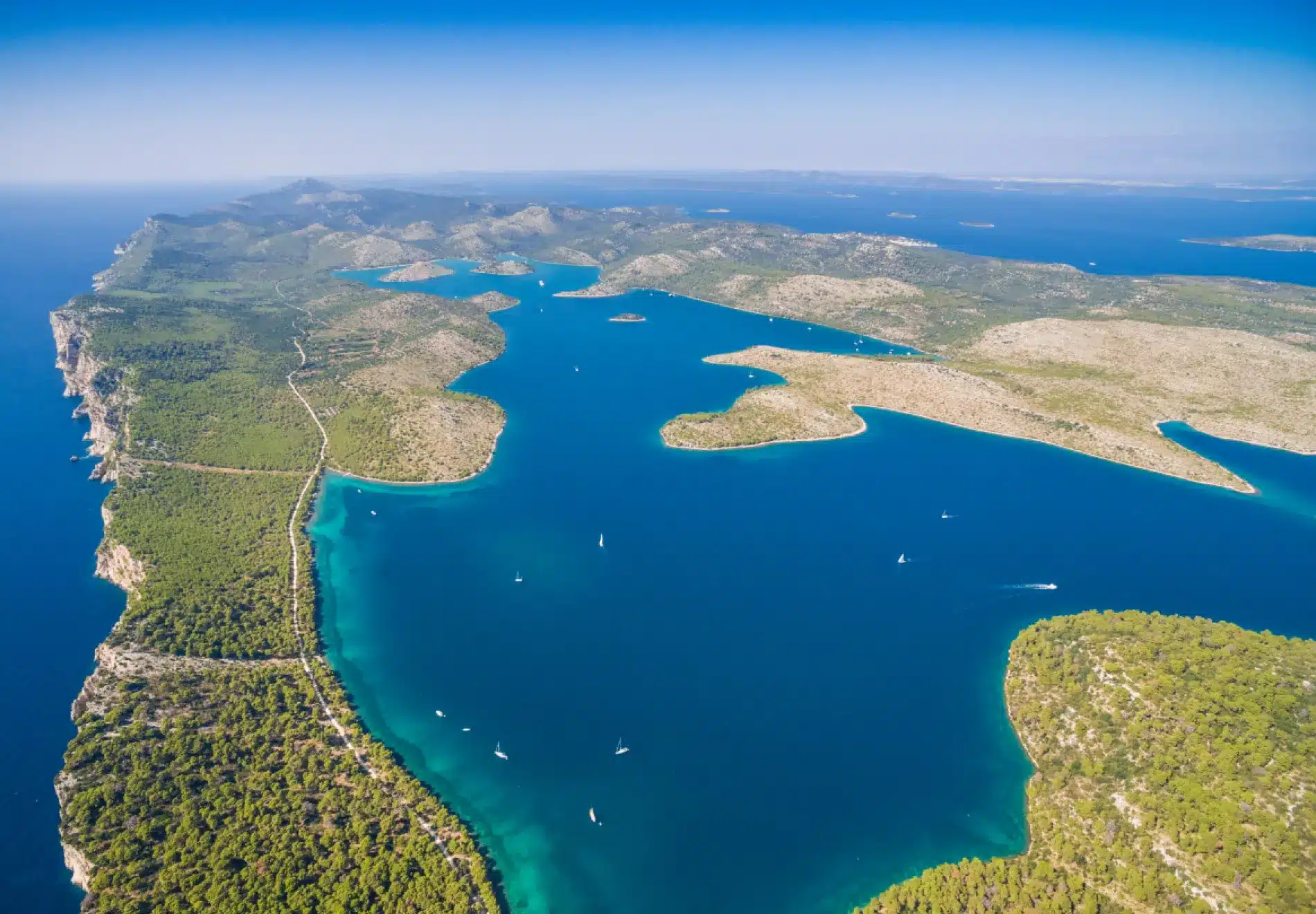Here’s our guide to visiting 5 of France’s secret out-of-the-way towns, villages, and hidden gems, for the more discerning traveler. Its small towns are so appealing and romantic — swathed in centuries old cobbled lanes, stone cottages and castles, and tumbling geraniums. You’ll be transported back in time to a quainter and simpler version of life.
1. Gorges du Verdon: the Grand Canyon of France
If a trip to the Grand Canyon in Arizona feels like too much of a stretch, then you could always settle for its French counterpart. Nestled in the Provence-Alpes-Côte d’Azur region of southeastern France, the 700-meter-deep Gorges du Verdon is a truly breathtaking sight to behold. Carved by the Verdon River the plunging limestone canyon is the largest in Europe. It is also a hotspot for adrenaline-fuelled activities and watersports.
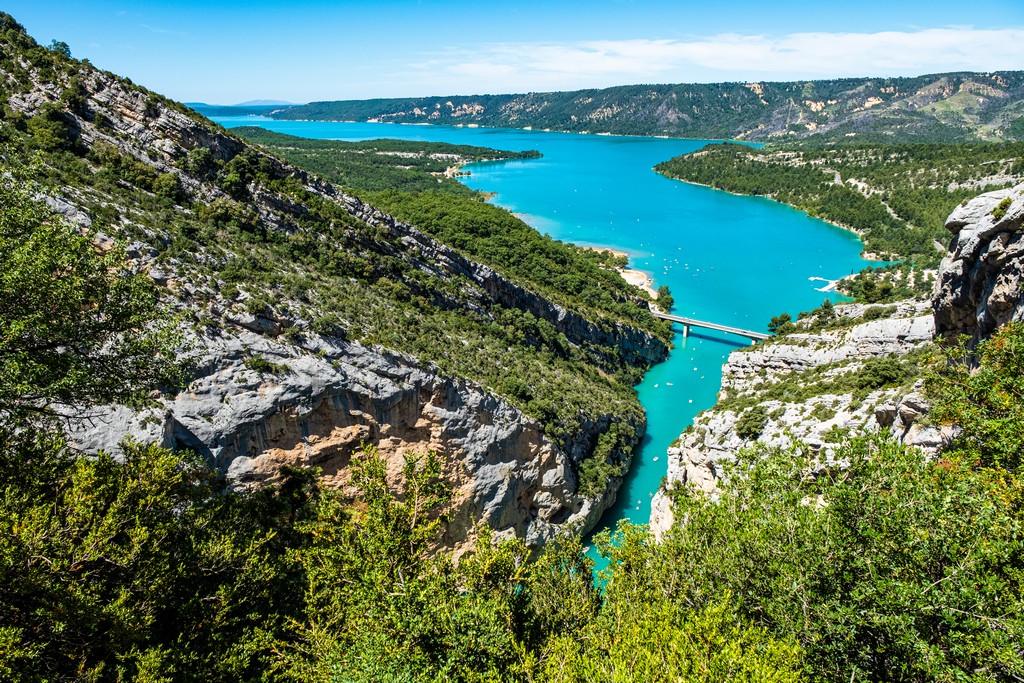
2. Lille
Just 60 minutes away from Paris, 35 minutes from Brussels and 90 minutes from London, Lille could quite easily have lost to its illustrious neighbours, but instead it decided to nurture and showcase its unique identity! Boasting a spectacular heritage of cultures from its Flemish, Burgundian and Spanish past before it became French, Lille is now infused with the memories of the past, interweaved with its visions for the future. The European Capital of Culture in 2004 and the World Design Capital of 2020, Lille lives and breathes culture in everyday life.
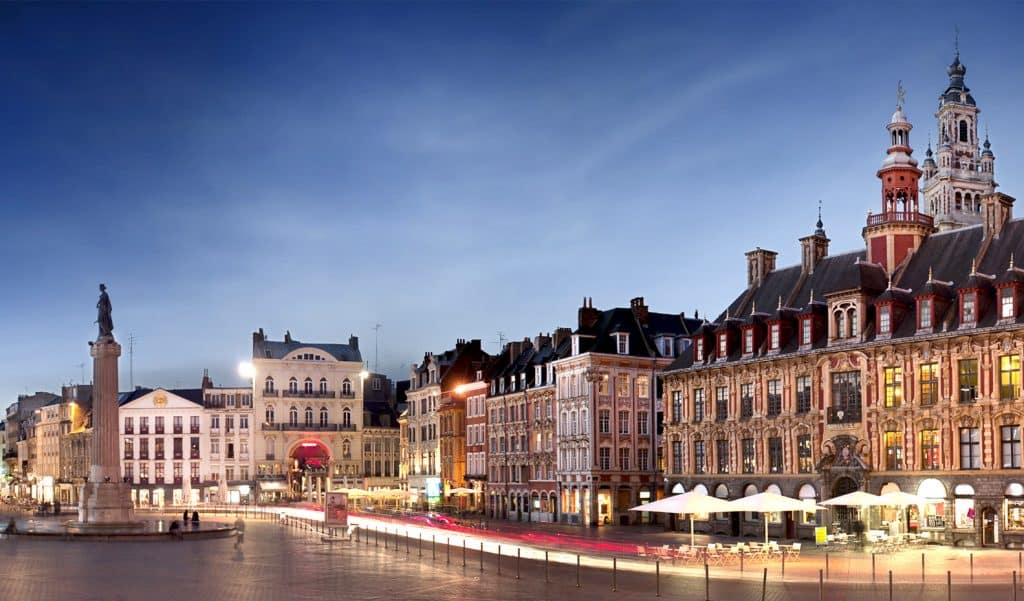
Best places to see in Lille:
- Palais Rihour
- Rue Rihour
- Place du Général de Gaulle (Grand Place)
- The Vieille Bourse (old stock exchange)
- The Goddess Column
- The Opera House
- Vieux Lille (Old Town)
- The Townhall and its Belfry
- The CitadelLille
- La Piscine Museum of Art and Industry
- Gare Saint Sauveur
3. Albi, Occitanie
Underrated Albi is ideal base for touring the Occitanie region of France. It’s just an hour away from both Carcassonne and Toulouse. What’s more, very few people outside France know just how fantastic Albi is.
Albi was listed as a UNESCO site in 2010 and is a strangely affecting place, despite the weight of its past or perhaps because of it.

Situated on the Tarn River, Albi is a perfect ensemble of militaristic medieval architecture and a vibrate urban center. It has a stunning UNESCO-listed cathedral, Albi Cathedral. It’s one of the world’s largest brick structures and is a place of superlatives both inside and outside.
Another imposing citadel, the Berbie Palace, houses the Toulouse-Lautrec Museum. The museum is fantastic, boasting a huge cache of the Post-Impressionist’s groundbreaking art.
Both structures ooze power and stand as a symbol of the Catholic triumph over the Cathar rebels, in the 13th century religious wars called the Albigensian Crusade.
The prettiest area of Albi is the Castelnau neighborhood. It’s effectively a village within a village, full of medieval half-timbered houses bedecked with colorful shutters and flowers.
4. Arras, Picardy
I liked Arras far more than I expected too, actually. It’s quiet and charming — full of lovely squares and grand 17th and 18th century Flemish-Baroque architecture.
The town’s two main squares are the Grand Place and the Place des Heros. From Arras, you can also visit the Battle of the Somme memorials.

The Belfry of Arras was listed as a UNESCO site in 2005, along with 56 other belfries in France and Belgium. Construction began in 1463 and took almost a century to complete.
The top of the belfry offers amazing views. You can take an elevator most of the way, with a few additional steps to hike up.
5.Champagne: home of Dom Pérignon
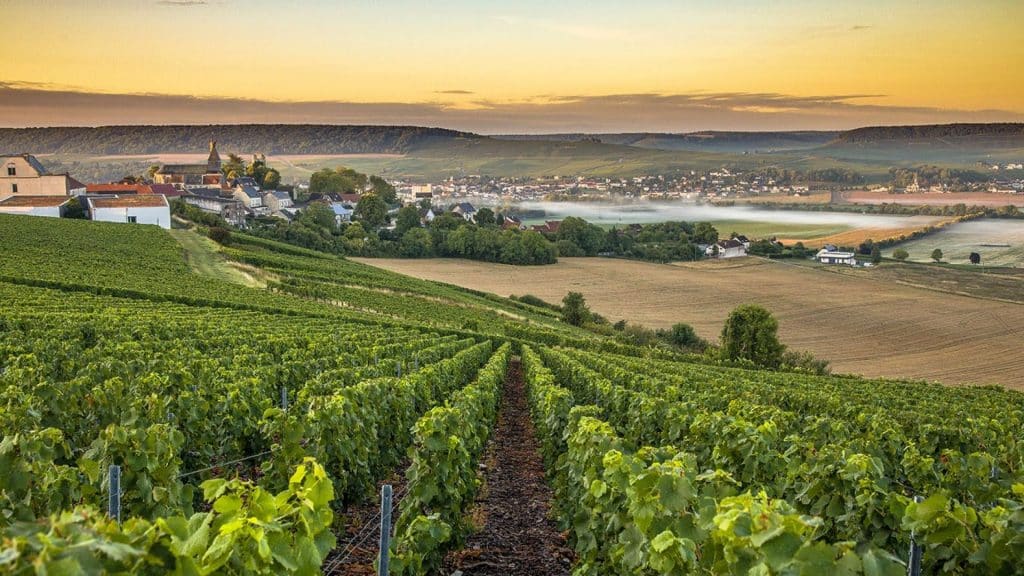
Let’s face it, a roundup of the best places to visit in France wouldn’t be complete without mentioning the birthplace of bubbly. Located in the northeast of France, just a 1.5 hour’s drive from Paris, the Champagne region is an absolute must-visit for anyone who loves to sip on bubbles. Just watching the sun set over the idyllic rolling vineyards and dreamy landscape is reason enough to visit the region. That said, those who do wish to sample the fruits of the land can embark on a tour of one of the prestigious Champagne houses. And this is sure to make for an unforgettable experience – or perhaps not if they choose to overindulge!
Moët & Chandon, Veuve Cliquot, Taittinger, and Dom Pérignon, are among the famous houses that open their gates to the public. The latter is perhaps best known for its namesake; a Benedictine monk who was an important quality pioneer for Champagne wine. Contrary to popular belief, however, Dom Pérignon did not invent the famous wine itself. This is just one of many facts you will learn while visiting his cellar and final resting place in the Abbey of Hautvillers.


